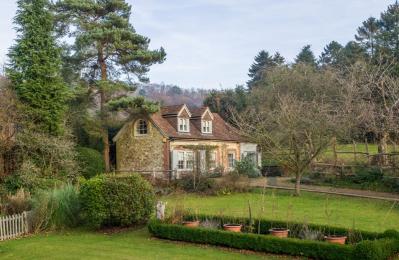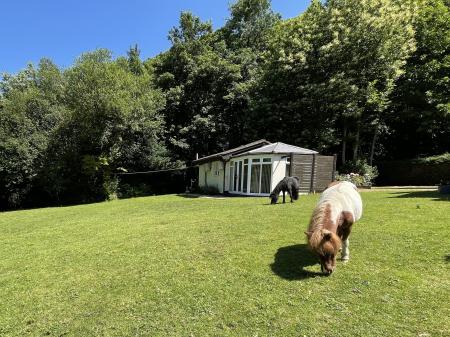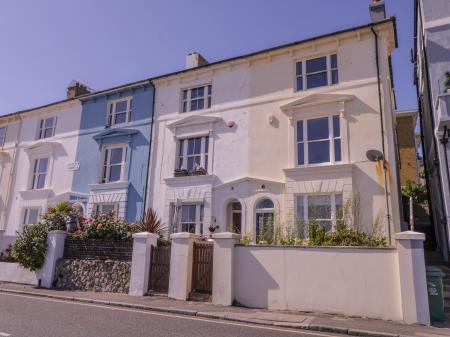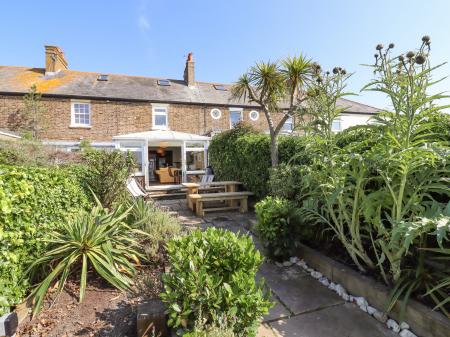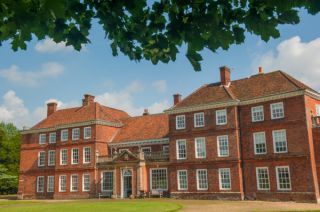
The earliest suspected settlement at Lullingstone was an Iron Age hillfort on the summit of a hill above the present castle. The fort site has never been fully investigated and the remains are not universally accepted as Iron Age.
The first settlement that we know of for certain was the 1st-century villa. At the time of the Domesday Book in 1086 Lullingstone was part of the vast estates of Odo, Bishop of Bayeux, half-brother to William the Conqueror.
The hamlet - for you really can't call it a village - is reached over a bridge across the River Darent just outside Eynsford. An old story suggests that John Wesley once used the bridge as an open-air pulpit. On the river bank is the popular Plough Inn, a picturesque country pub with old agricultural implements used as decor for the bar.
Lullingstone Roman Villa
Discovered in 1939, the villa is thought to have been built around AD 100. The remains are remarkable, with an early Roman-Christian chapel and finely crafted mosaics considered among the finest ever found in England.
One depicts Bellerophon riding the winged horse Pegasus, and another shows Europa being abducted by Jupiter, disguised as a bull. The chapel dates to the 4th century and is built over an earlier cult-house. The chapel walls are decorated with the chi-rho monogram, one of the earliest Christian symbols.
Lullingstone Castle
The home of the Peche family since 1497, the castle has a history stretching back to the Domesday Book, making it among the oldest family estates in Britain. A Tudor gatehouse gives access to a Queen Anne style house, in which Queen Anne herself once stayed. Henry VIII came here and was entertained with jousting. Look for the state drawing room on the first floor, with a superb plasterwork ceiling.
In the grounds of Lullingstone Castle are the world Gardens, created out of 120 acres of parkland by Tom Hart Dyke, who was inspired by 9 months as a hostage in Panama to design a garden with an aim of promoting world understanding and peace. The gardens hold over 10,000 species of plants from around the world.
St Botolph's Church
In the grounds of the castle is the lovely old church of St Botolph, which is largely 14th century but sits on foundations thought to date to at least the Saxon era. The interior boasts a 16th century Flemish rood screen, and an unusual wall-mounted font. Look for a memorial brass to John de Rokesie, lord of Lullingstone, who died in 1361, and the tomb of Sir William Peche (d. 1487). The most impressive monument is that of Percyvall Hart (d. 1580), which dominates the chancel.


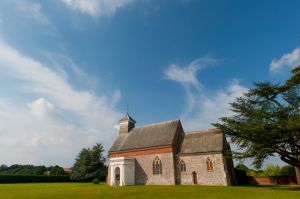
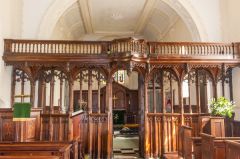
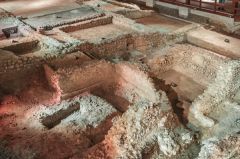
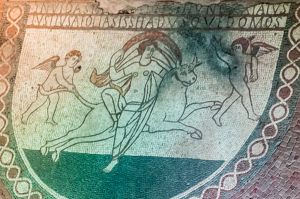
 We've 'tagged' this attraction information to help you find related historic attractions and learn more about major time periods mentioned.
We've 'tagged' this attraction information to help you find related historic attractions and learn more about major time periods mentioned.